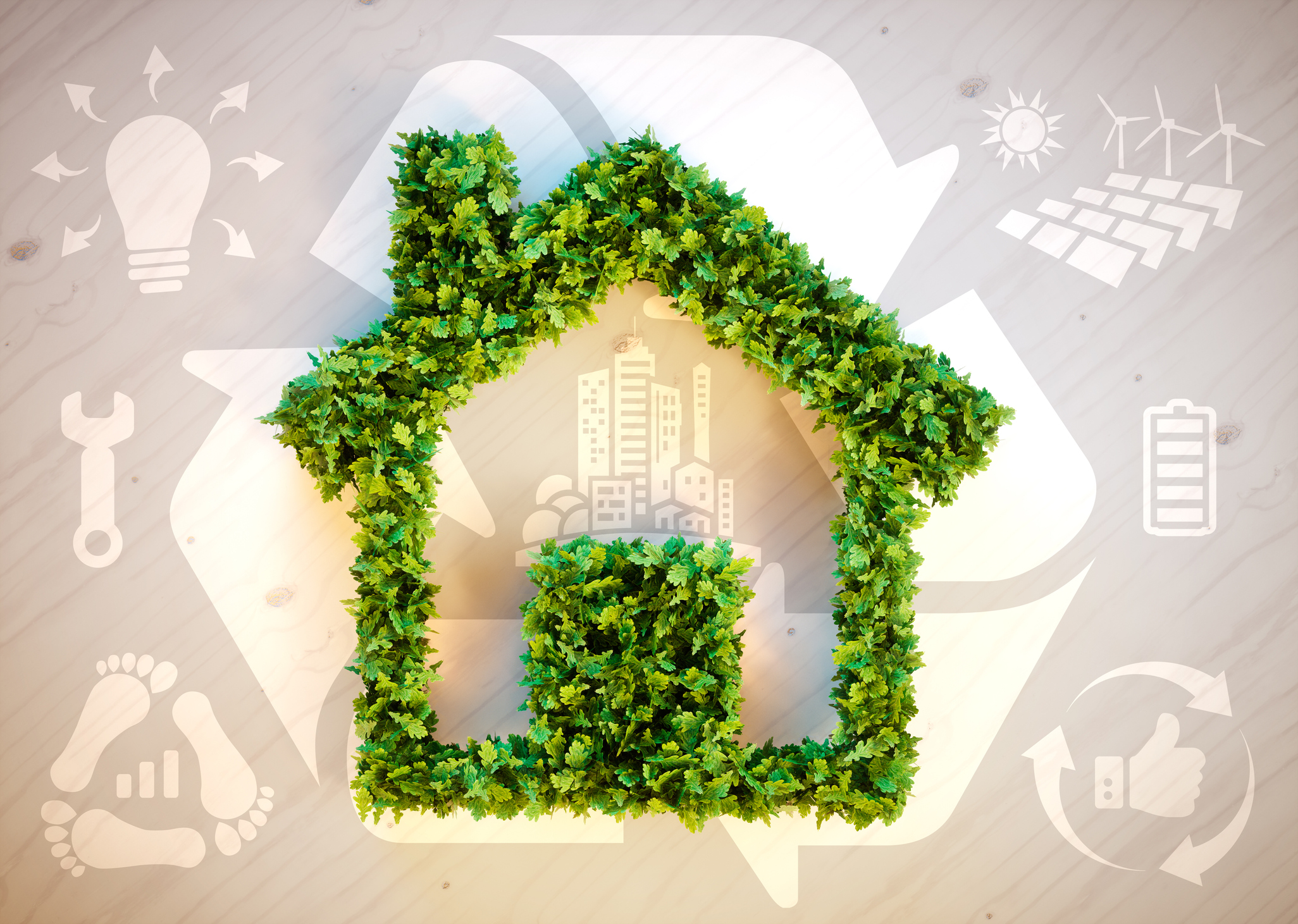
29 Apr The Environmental Benefits of Choosing a Prefab Commercial Building
Prefabricated Buildings and their Benefits
Prefabricated buildings are assembled from components that are built at an offsite fabrication facility. These pieces are then transported to the construction site’s location where they are assembled. This process is much faster and much less labor-intensive than traditional construction options. Prefab buildings, such as metal warehouse building kits, are becoming more and more common nowadays and are available at a range of prices to fit within most budgets. Not only is this style of building faster and cheaper, but it is also more environmentally friendly.
How prefabricated buildings help the environment
- Prefab sub-assemblies are constructed within a factory; this leads to more efficient and cost-effective recycling of waste materials. Rather than having to ship waste from each building site, the waste is all consolidated in the main factory. This saves on transportation fuel use as well.
- Prefabricated buildings are designed to have minimal waste. While traditional construction methods have to cut pieces into shape and estimate the number of materials used, prefabricated structures are shipped with exactly what is needed, and nothing more.
- Prefab homes and buildings often have solar-based water heating systems, reducing energy consumption and using natural energy to provide residents with hot water.
- Prefabritcated buildings are often built with recycled materials. This is one of the most efficient ways to reduce waste while still delivering a quality product.
- Energy consumption is also significantly reduced. Because the parts used to assemble a prefab building are built in an assembly line process, the method can be refined and made more efficient over time. This leads to a reduction in the use of both energy and raw materials, all while producing a more consistent product.
- The materials used in prefab buildings are not only recycled, but they are also often recyclable. Prefab buildings can be easily disassembled and relocated to a different place when required. Because the parts are modular, they don’t go to waste entirely. If needed, entire rooms and floors could be picked out and re-used from no longer in operation buildings. This reduces the overall carbon footprint of the process.
Conclusion
Prefab buildings are more environment-friendly, cost-effective, and of high quality. Construction can be a wasteful process that is highly damaging to the environment. Prefab buildings can help to reduce harmful emissions and raw material waste. Unlike other options, this reduction in waste doesn’t come with a reduction in quality. Prefab buildings are just as high-quality as their built-on site counterparts, but they have the added benefit of being cheaper and easier on the environment.
If you are looking for a company that can provide prefabricated home solutions and tailormade as per your requirements, connect with us at Universal Steel Of America. Inc.





